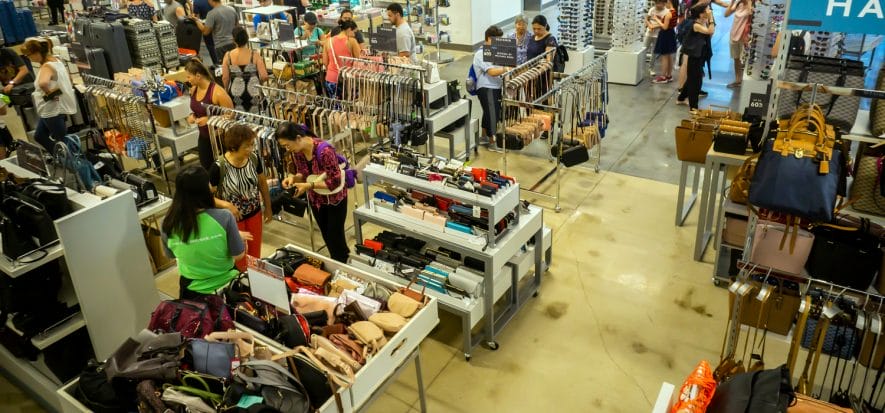In China, things are gradually going back to normal. Yet, in the meantime, Covid-19 outbreak starts spreading across the United States: therefore, one of the most important fashion markets is about to brace itself for a work closure period alongside a downturn in sales. Stock Exchanges and financial markets wonder about consequences: for sure, they forecast risk exposure and most probable loss.
Covid-19 shows up in the USA
To begin with, Morgan Stanley analysed the exposure of the main worldwide fashion brands in the US market. In the risk rankings, Puma is currently placing second (after Luxottica): in the United States, the brand’s revenues account for 26% of its turnover (1.4 billion euros). As reported by MMF, LVMH group are supposedly placing third: in the USA, their earnings account for 25% (13.2 billion euros) of the brand’s overall turnover. Among Italians, the first brand, currently placing fourth, turns out to be Salvatore Ferragamo (23%, 300 million euros), while Burberry (20%, 500 million euros) and Kering (19%, 3 billion euros) are placing eighth and ninth respectively. Looking at the survey carried out by the business bank, Hermès are in 12th position (16%, 1.1 billion euros), followed by Moncler, in 13th position (15%, 200 million euros), Prada, in 14th position (12%, 400 million euros) and Tod’s, currently placing 17th (7%, 100 million euros).
Money loss to US brands
MFF have also collected some information, from the businesses close to the New York Stock Exchange, about prospective loss US brands will expectedly go through. Capri Holdings estimate missed earnings, caused by Coronavirus pandemic, to amount to 100 million dollars. Conversely, Ralph Lauren argue that they will lose 70 million dollars. It is not going to be just a sell-out matter, as it will also affect the industry: for example, PVH group have confirmed the estimates formerly published, yet they admit that Asian supply chain is in difficulties. In fact, problems are due to remain global. According to VF Corp, most damages still follow from the work closure of 60% of stores in China.
In the Shutterstock picture, the interior of a Nordstrom selling store in New York (July 2019)










